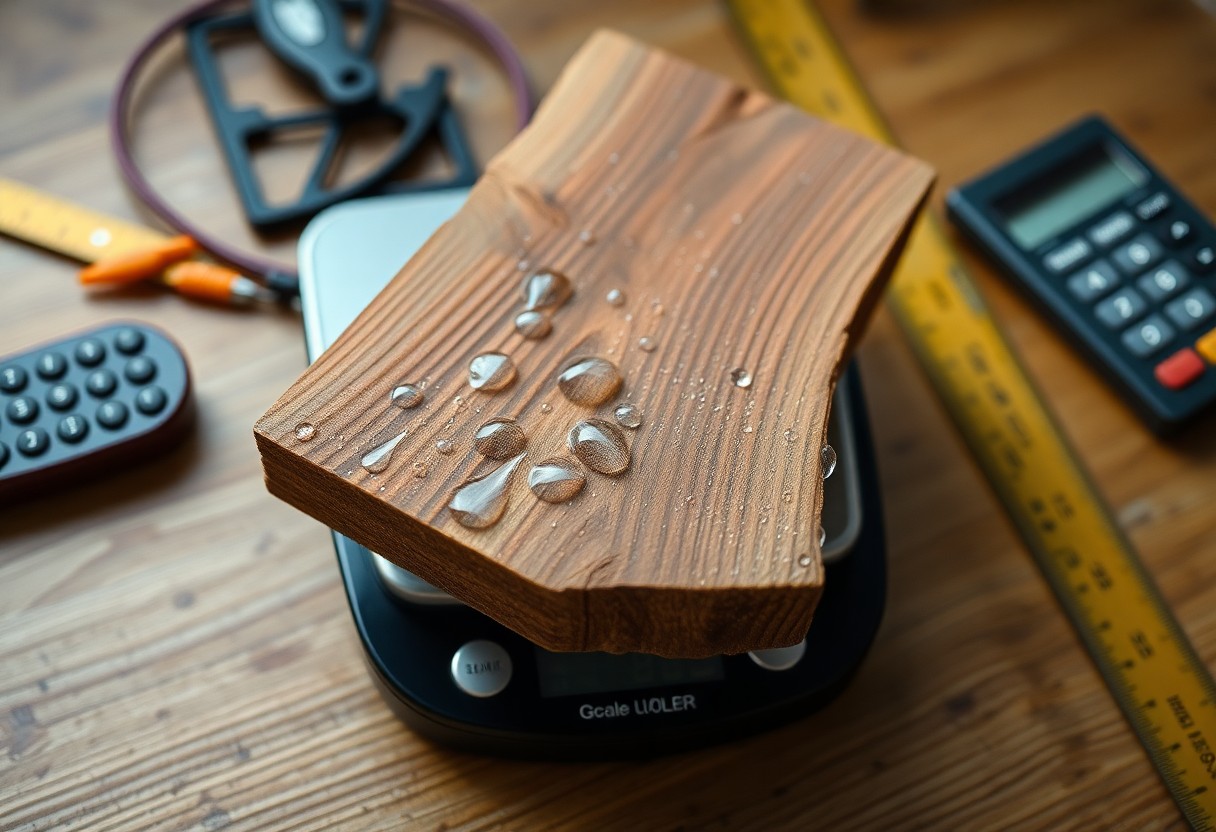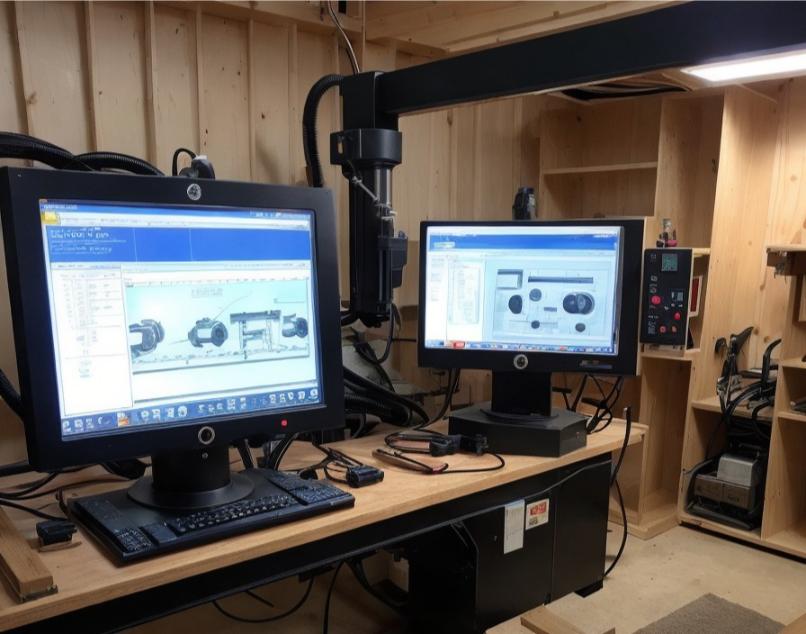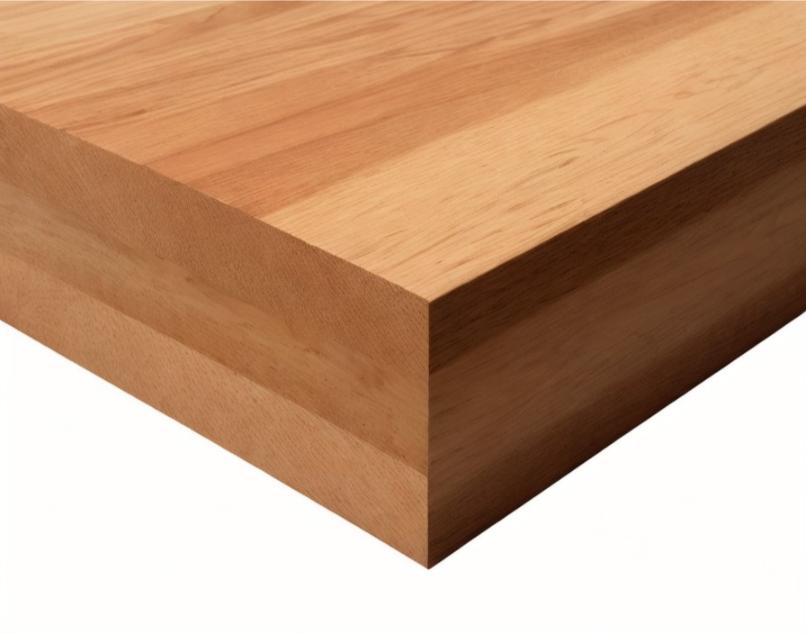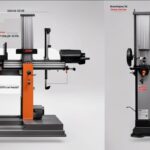Eager to delve into the world of woodworking, but uncertain about the financial investment? Look no further than the Woodworking Tool ROI Calculator.
This invaluable tool allows you to calculate the return on investment for various woodworking tools, helping you make informed decisions about which ones are worth the initial expense. By inputting cost, estimated usage, and potential savings, you can determine the value of each tool over time, ensuring that your woodworking endeavors are not only fulfilling but also financially sound.
Woodworking Tool ROI Calculator
Understanding ROI in Woodworking
To accurately assess the value of woodworking tools, it is essential to understand Return on Investment (ROI). Calculating ROI helps woodworkers determine how much return they can expect from their investment in tools, enabling them to make informed decisions about purchasing and using equipment.
Basics of Return on Investment
Any woodworker looking to maximize their profits should have a clear understanding of Return on Investment (ROI). Essentially, ROI is a measure of the gain or loss generated on an investment relative to the amount of money invested.
It is calculated by dividing the net profit from the investment by the original cost of the investment, and then multiplying the result by 100 to get a percentage.
Factors Affecting ROI in Woodworking Tools
To calculate the ROI of woodworking tools accurately, woodworkers need to understand the various factors that can affect it. These factors include the initial cost of the tool, its expected lifespan, maintenance and repair costs, efficiency in completing tasks, and the resale value if the tool is no longer needed. After assessing these factors, woodworkers can make a more informed decision about whether a tool will deliver a satisfactory return on investment.
- Initial cost of the tool
- Expected lifespan of the tool
- Maintenance and repair costs
- Efficiency in completing tasks
- Resale value of the tool
Return on Investment (ROI) is a crucial metric for woodworkers as it helps them determine the value of their tool investments. By calculating ROI, woodworkers can ensure that they are making cost-effective decisions, maximizing profits, and optimizing their woodworking operations for long-term success.
Using the ROI Calculator
Some woodworkers may wonder if investing in new tools is worth the cost. Our Woodworking Tool ROI Calculator can help you make an informed decision about the potential return on investment for purchasing new woodworking tools.
By inputting your own data, you can get an estimate of how long it will take for those new tools to pay for themselves through increased efficiency and productivity.
Inputting Your Data
The first step in using the ROI Calculator is inputting your data. You’ll need to gather information such as the cost of the new tools, the amount of time they will save you on each project, and the value of your time saved.
This data will help the calculator estimate the payback period for your tool investment. The more accurate your data, the more precise your ROI estimate will be.
Interpreting the Results
Results from the ROI Calculator will provide you with an estimated payback period for your tool investment.
This will give you a clear understanding of how long it will take for the new tools to start paying for themselves through time-saving and increased productivity. If the payback period is shorter than you anticipated, it may be a strong indication that the tool investment is a wise decision for your woodworking business.
It’s important to remember that the results from the ROI Calculator are estimates and should be used as a guide for decision-making. There are additional factors to consider such as the quality of work, customer satisfaction, and the potential for increased business due to improved efficiency.
Case Studies
For a clear understanding of the return on investment (ROI) in woodworking tools, let’s take a look at some real-life case studies:
- A woodworking enthusiast invested $500 in a set of high-quality hand tools and was able to create and sell custom furniture pieces, generating a profit of over $2000 within the first six months.
- A professional woodworker upgraded to a top-of-the-line table saw, which led to a 30% increase in productivity, resulting in an additional $10,000 in annual revenue.
- By investing in a wood lathe for $1000, a craftsman began producing unique turned wooden items, quickly recouping the initial investment and yielding a 50% profit within the first year.
Hand Tools Investment
Hand tools are the foundational investment for any woodworking enthusiast. Quality chisels, planes, and saws not only improve the quality of the work but also provide long-term durability. Hand tools, when cared for properly, can last for generations, making them a wise and sustainable investment for any woodworking endeavor.
Power Tools Investment
With the advancements in technology, power tools have become an indispensable part of the woodworking toolkit.
These tools not only save time and effort but also enable woodworkers to take on more complex projects with precision and efficiency. Investing in high-quality power tools can significantly enhance the capabilities and productivity of a woodworking business.
Studies have shown that the strategic investment in power tools can result in a substantial increase in output, leading to higher profitability and a greater range of woodworking possibilities.
By carefully considering the specific needs and objectives of a woodworking endeavor, it is possible to calculate the potential ROI of power tool investments with confidence.
Maximizing Your Woodworking Tool Investments
Unlike other investments, woodworking tools have a unique potential for lasting value. Implementing strategies to maximize the ROI of your woodworking tool investments is essential for the long-term success of your woodworking ventures. One effective way to calculate the impact and ROI of reuse on your woodworking tools is by using a Calculate the impact and ROI of reuse tool.
Maintenance and Upkeep Strategies
Maintenance and upkeep are key components of maximizing the return on investment in your woodworking tools.
Regular maintenance, including cleaning, lubricating, and sharpening, prevents costly breakdowns and ensures that your tools continue to operate at peak efficiency.
Implementing a proactive maintenance schedule and employing proper storage techniques can significantly extend the lifespan of your tools, ultimately enhancing their ROI.
Updating and Upgrading Tools Wisely
Your woodworking tools are critical assets, and knowing when to update or upgrade them is essential for maximizing their long-term value. Any updates or upgrades should be thoughtfully considered, taking into account factors such as improved efficiency, enhanced safety features, and overall impact on productivity.
Prioritizing updates or upgrades that offer a clear and measurable increase in productivity or quality of work will ensure that your investments yield the highest possible return.
To wrap up
With these considerations in mind, a Woodworking Tool ROI Calculator can be an invaluable resource for woodworkers and woodworking businesses.
By accurately assessing the return on investment for various tools and equipment, it can help in making informed purchasing decisions and maximizing profitability.
The ability to factor in all expenses and potential savings gives users a comprehensive view of the financial impact of their tool purchases. Ultimately, this tool can contribute to the overall success and efficiency of woodworking operations, making it a valuable asset for anyone in the industry.








